“What a rebellious act it is to love yourself naturally in a world of fake appearances.”
~ Nikki Rowe
Our Skin is Porous: Designed to Absorb
We are so careful what we put on our babies’ skin. We intuitively know they are precious and pure, and we don’t want to risk exposing them to any harm. Why does that care disappear as we get older? Is it that our skin loses some of that baby softness, so we assume we are less sensitive? While babies are more vulnerable to chemical exposure, adults are not immune. Our skin is designed to absorb whatever we put on it. That’s true at every age. It’s so effective at doing this that some pharmaceuticals are prescribed as patches applied to the skin. The most famous is the nicotine patch, which delivers a steady supply of nicotine to the bloodstream via the skin, helping eliminate cigarette cravings. Other common uses of drug patches are hormone replacement therapy and pain relievers. So the question becomes: what chemicals are we delivering to our bloodstream unintentionally through our bodycare products? In the paleo community, we look very carefully at the ingredients in the foods we eat. We need to look equally carefully at the products we apply to our skin. On average, people use 9 personal care products daily, with a combined total of 126 unique ingredients. Does that shock you? Pull out the products you currently use and start counting the ingredients. I’ll help you learn about those ingredients next.
Cosmetic Regulation – Does It Exist?
There are two laws that impact the cosmetic industry: the Federal Food, Drug, and Cosmetic Act (FD&C Act) and the Fair Packaging and Labeling Act (FPLA). That sounds pretty good, right? But if you visit the FDA’s website, it’s almost comical. I give them points for honesty. Here are some quotes:
- “The law does not require cosmetic products and ingredients, other than color additives, to have FDA approval before they go on the market.”
- “Companies and individuals who manufacture or market cosmetics have a legal responsibility to ensure the safety of their products. Neither the law nor FDA regulations require specific tests to demonstrate the safety of individual products or ingredients. The law also does not require cosmetic companies to share their safety information with FDA.”
- “Under the law, manufacturers are not required to register their cosmetic establishments or file their product formulations with FDA, and no registration number is required to import cosmetics into the United States.”
- “FDA is not authorized to order recalls of cosmetics.”
Non-Profit Watchdog & Advocacy Organizations
Thankfully, there are non-profit agencies like the Environmental Working Group (EWG), whose mission is to help us live healthier lives by conducting the research and oversight that the FDA doesn’t. They created a database called, Skin Deep, where they rate products according to their ingredients and safety levels. Their mission: to rate them all! Today, Skin Deep rates 70,000 products and almost 11,500 ingredients. While they haven’t achieved their mission yet, they are well on their way. Another advocacy group is The Campaign for Safe Cosmetics. Their mission is to lobby the cosmetic industry to make safer products, and congress to pass better laws.
Top 10 Ingredients to Avoid
- Phthalates: These are chemicals designed to make product scents stronger and last longer. Sadly, they rarely are included in labels, so unless a product is unscented or advertised as phthalate-free, assume they’re present. Why is this a problem? Scientific studies link phthalate exposure to reproductive abnormalities in baby boys, altered timing of puberty in girls, and infertility in men.
- Formaldehyde Releasers: These are chemicals that act as preservatives to prevent the product from growing mold and bacteria. That sounds like a good idea, since we don’t want mold in our products. But formaldehyde is both an allergen and a carcinogenic (cancer-causing agent). Some common formaldehyde releasers are: DMDM hydantoin, imidazolidinyl urea, diazolidinyl urea, and quaternium-15. One fifth of personal care products contain them.
- Parabens: Another preservative, this chemical also acts like estrogen and can disrupt hormone balance. The Harvard School of Public Health linked parabens to impaired fertility in women. Parabens have even been found in breast tumor biopsies. Some common examples are: propylparaben, isopropylparaben, butylparaben and isobutylparaben.
- Triclosan and Triclocarban: These are anti-bacterials contained in toothpastes, liquid hand soaps, body washes, clothing, cutting boards and other household goods. They’ve been shown to impact thyroid hormone levels and male and female sex hormone signaling. There is also concern that they cause antibiotic-resistant bacteria.
- Ethanolamine Compounds: These ingredients make shampoo and body wash smooth and sudsy. Unfortunately, they also belong to the category of nitrosamines, which studies have shown can be carcinogenic. In addition these compounds can produce allergic reactions. Common ones include triethanolamine, diethanolamine, TEA, DEA, and MEA.
- Butylated Compounds: Another group of chemicals used as preservatives, they’re linked to endocrine disruption, organ system toxicity, respiratory irritation, and cancer. Common names on ingredient labels are butylated hydroxyanisole (BHA) and butylated hydroxytoluene (BHT)
- Ethoxylated Ingredients: Ethoxylation is the process of reacting ethylene oxide with other chemicals to make them less harsh. Byproducts of this process are two chemicals known to be carcinogenic: ethylene oxide and 1,4-dioxane. It’s a process used in many products, including shampoo, liquid soap, bubble bath, and hair relaxers. Ingredients to watch out for include PPG, PEG, polysorbate and ingredients that end in –eth such as laureth, steareth, ceteareth.
- Coal Tar: An ingredient in “therapeutic” shampoos designed to reduce dandruff and scalp psoriasis, and also present in many hair dyes. This is a known human carcinogen and also connected to neurological issues, mood swings, and sleep disturbances.
- Sunscreen Concerns: Sunscreen is a unique product, because we’re told to apply it thickly over our entire bodies, and to reapply frequently. It’s not surprising to learn that sunscreen ingredients can now be measured in our blood, urine, and breast milk. Chemical sunscreens are linked to hormone disruptions, and mineral sunscreens are often composed of nanoparticles, which have their own concerns (see below). Vitamin A is another common sunscreen ingredient that has been shown to increase skin cancer risk (retinyl palmitate). The best choice is to seek out shade or wear clothing to protect against burning. For those times you feel you need sunscreen, check out the paleo skincare companies I feature below. Their sunscreens don’t contain chemicals, nanoparticles, nor vitamin A. Regarding the most dangerous ingredients to avoid: oxybenzoate and octinoxate are the top two.
- Nanoparticles: These ingredients are often advertised as “microfine particles” or “penetration enhancers”, and presented like this is a good thing. They’re used in sunscreen, to make it transparent instead of white, and in anti-aging products to help them penetrate deeper skin layers. They’re also found in deodorants, toothpastes, shampoos, and makeup. The problem is their size – 1/8000 the width of a human hair. Our bodies are not designed to interact with particles this small, and since they’re a new technology, there hasn’t been time to research their impact on our bodies or the environment. Look for the words nano or micronized in the ingredient list.
Just Because It’s Sold in a Health Food Store Doesn’t Mean It’s Healthy
For years, I used a “natural” handsoap purchased from the health food store that contained parabens. I didn’t realize it until the label started advertising: “new formula: paraben-free.” This was during a time when I thought I could trust health food stores to screen ingredients for me. After I went paleo, I started reading the labels on the packaged food I purchased at that store and found everything from MSG to emulsifiers (all from “natural” sources). When I started looking at my “healthy beauty” products, the list of questionable ingredients was even longer.
In the section above, I gave you a list of 10 ingredients to avoid. That doesn’t mean other chemicals are OK. Those are just the worst. You can search EWG’s Skin Deep database by product name or ingredient, and they’ll give each a safety rating of green (low hazard), yellow (moderate hazard), or red (high hazard). The problem is that there is no labeling oversight, so what do you do if the ingredient isn’t even on the label? EWG has a list of verified products that fully disclose all ingredients, and are free of EWG ingredients of concern. When it comes to chemicals in our personal care products, those are the safest choices.
That said, I prefer no chemicals in my products, period. It takes time and money to conduct research, and just because an ingredient hasn’t been proven unsafe yet, doesn’t mean it’s been proven to be safe. There’s a reason EWG’s rating scale always uses the word “hazard”. Even when they believe the hazard risk is low, it’s still present. For that reason, I prefer paleo skincare. Keep reading to learn what that means and four companies I recommend.
What is Paleo Skincare?
Just like paleo food, these products are made from ingredients you recognize. They don’t contain synthetic chemicals, their products are made from nature, and they’re pure enough to eat (although not necessarily tasty). I spent a year sampling products from a wide variety of companies, and eventually chose three favorites to feature in this article. Here’s what they have in common:
- Organic and wildcrafted ingredients.
- Non-GMO and gluten-free.
- Handmade in small batches in the USA.
- Sustainably sourced and packaged.
- Cruelty-free.
- Commitment to transparency and truth in labeling.
- Founded By: Kim Emanuel. When his wife, Priscilla, realized her migraines were triggered by the chemicals in their skincare products, they searched for safe alternatives. Shocked by the lack of oversight in the cosmetic industry, Kim decided to create exactly the skincare products he and his wife were looking for.
- Philosophy: We maintain that if you put it on your skin you’ve eaten it; you just didn’t have to chew and swallow first. We choose our ingredients with this in mind.
- What Makes Them Unique? Luminance ingredients aren’t just organic, they’re also vegan and raw. If you don’t like facial oils, Luminance specializes in lotions that have a wonderful texture without the use of thickeners, waxes, gums or emulsifiers (even natural ones). This is a small company with high standards. Kim, the founder and owner, posts his personal cellphone number on their website, and fields calls between 10am-2pm PT as part of his commitment to customer service.
- Product Line: They have a complete face and body care line, including cleansers, toners, moisturizers, masks, acne serum, sunscreen, deodorant, haircare, and more.
- My Favorite Luminance Product: Nourishing Serum.
- Founded By: Annmarie and Kevin Gianni. While conducting research for their Health Renegade video podcast, they learned about the chemical and transparency concerns of skin care products. Unable to find a line of products they trusted, they set out to create their own.
- Philosophy: Our purpose as a company is to align with these 3 words: honest, wild, and beautiful. Every ingredient is on the label. Our products are as close to nature as you can get. The result is beautiful, healthy, and glowing skin.
- What Makes Them Unique? Annmarie packages their products in Miron Violet Glass, which allows no visible light to permeate and protects the contents. The glass acts as a preservative. When it comes to creating their products, they infuse aloe vera and skin-nutritive oils with herbs known to promote skin health, and they use a 30-day, low-heat infusion process for maximum potency without compromising purity.
- Product Line: They specialize in facial oils and serums, but their product line also includes cleansers, toners, masks, exfoliants, lotion, body butter, hair care, and more
- My Favorite Annmarie Product: Herbal Facial Oil for Sensitive Skin.
- Founded By: Shalley Carrell, owner of a grass-fed water buffalo farm in Georgia. They source the nutrient-dense tallow for their beauty products from their own farm. You can’t get more transparent or local than that.
- Philosophy: We believe a diet of unadulterated, nutrient-dense plant and animal foods is the basis of truly healthy skin. We seek out and carefully select ingredients that complement your healthy choices.
- What Makes Them Unique? Buffalo tallow is nutrient-dense, rich in omega-3 fatty acids, clean-smelling, and deeply emollient. It’s a potent skincare ingredient because it closely resembles the oils in our own skin, and it can be especially helpful for people with dry, sensitive, or allergy-prone skin.
- Product Line: tallow balms, cleansing bars, toning mist, hot oil cleanse, body butters, lip whips, toothbrushing soap, fizzing bath balm, sunscreen, and alpaca felt dryer balls.
- My Favorite Buffalo Gal Product: Unscented Tallow & Emu Balm.
What About Beautycounter?
Although Beautycounter is promoted by many paleo bloggers, it’s not a paleo company. Don’t get me wrong. The work they are doing is admirable. They are committed to transparency in their ingredient labels, and they have a Never List, comprised of over 1500 ingredients that are shown to be harmful and will never be used in their products. This includes any ingredient banned by the European Union, which has much higher standards for cosmetic safety than the United States. That said, there is a big difference between non-toxic and less toxic. Beautycounter products still contain chemicals, just ones that haven’t yet been proven to be as harmful as the ones they avoid. Their products are a big improvement over conventional ones, but they don’t meet the natural standards of the paleo companies I recommend. If you wear makeup, I recommend trying Araza Natural Beauty, which is a certified-paleo company that has a complete makeup line with a reputation for great pigmentation and blendability.
You May Also Be Interested In
Update: The giveaway has ended. The winners were chosen with a random number generator and have already been notified. If you didn’t win, don’t despair. All of these companies sell sample sizes.
Disclaimer: I was given samples of each of these products, with no obligation. I’m 100% honest in my opinions. If I wasn’t impressed with these products, I wouldn’t be hosting this giveaway. I also received samples from other companies that didn’t make the list.
Credit: image at top of page from Pixabay.

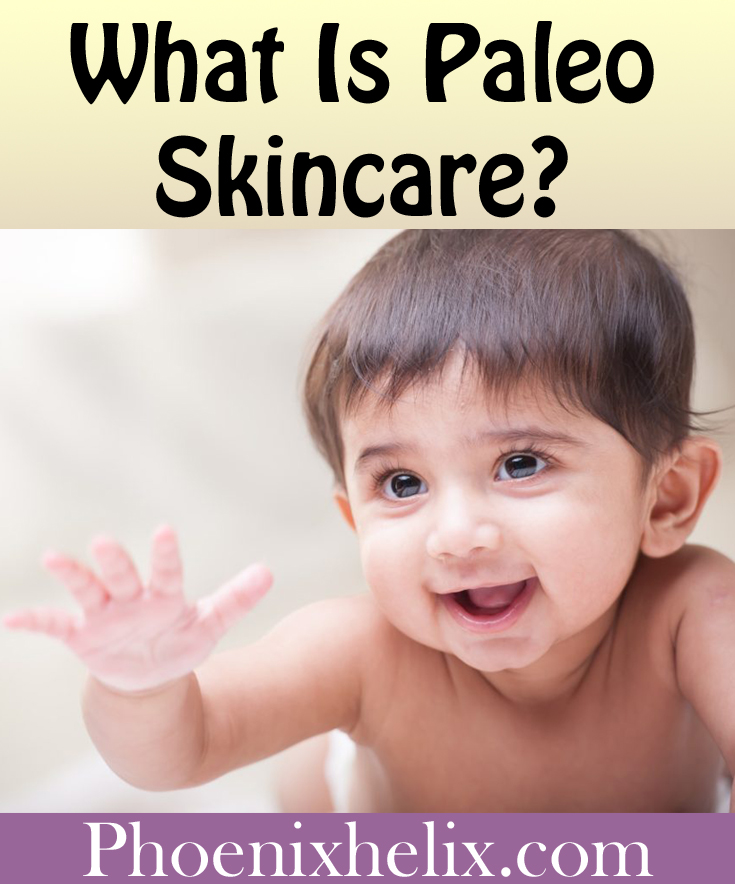

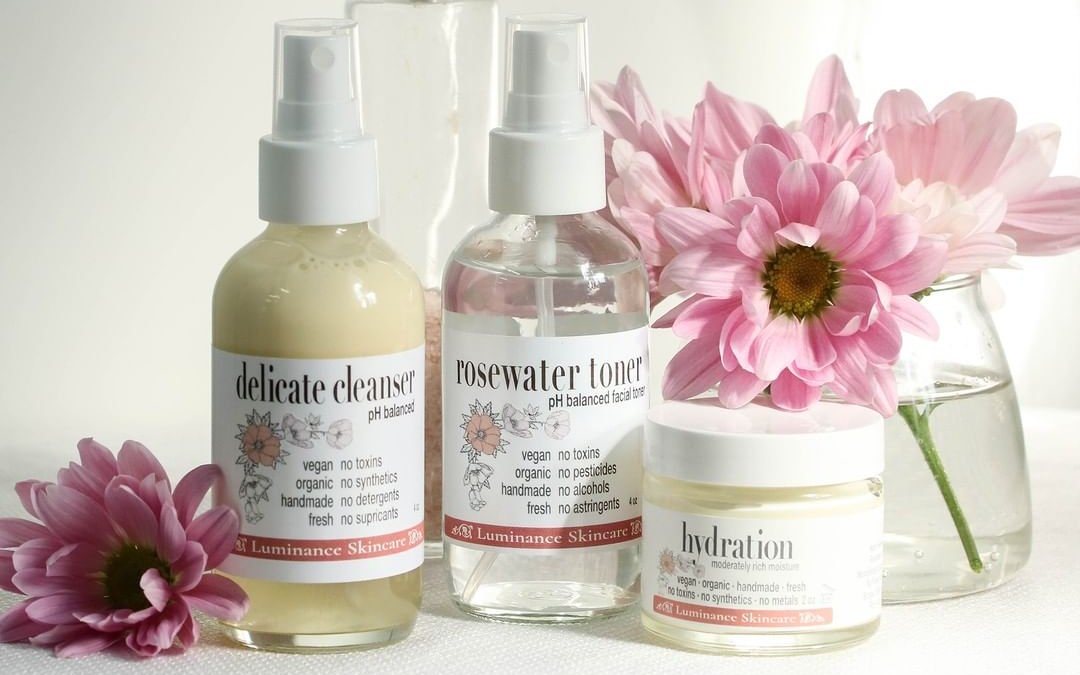
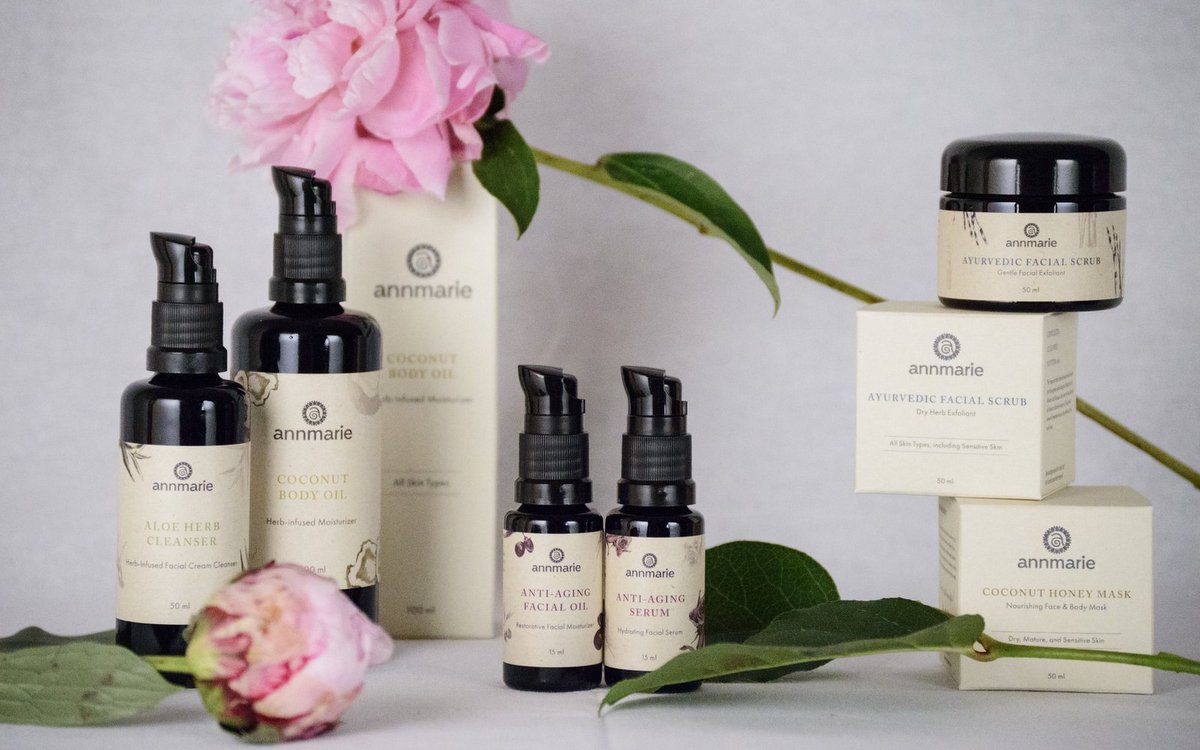
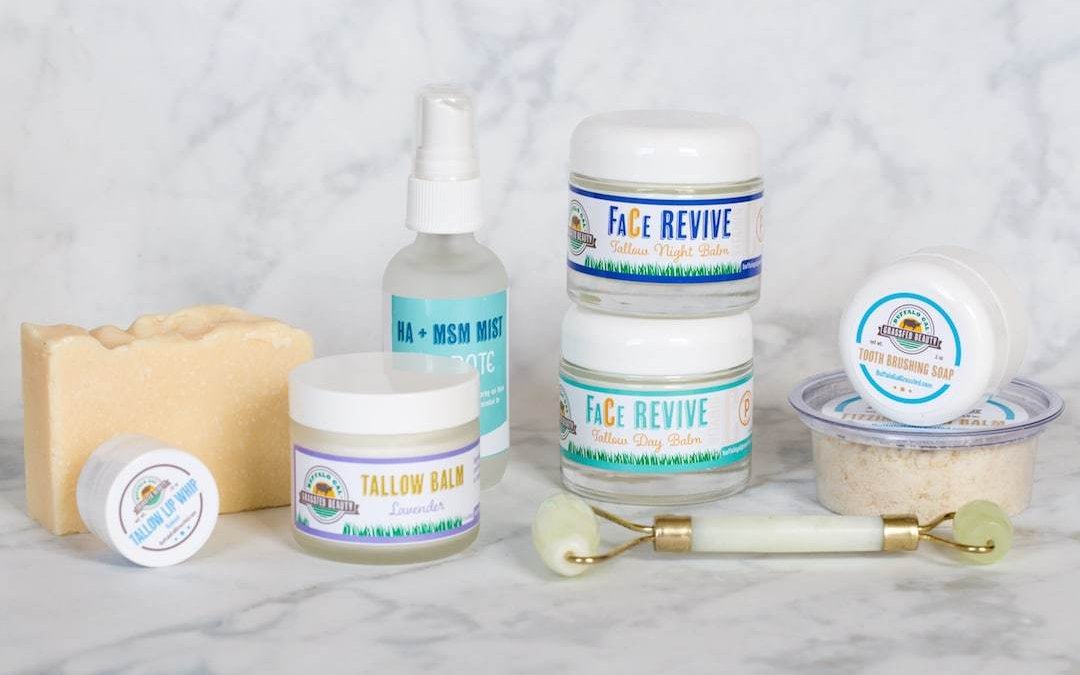
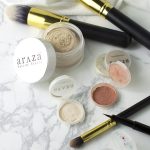
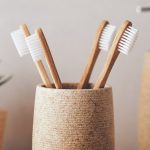

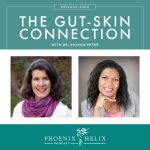



Do the companies test ingredients for heavy metals or toxins!?”
Hi Karen. I reached out to the companies to find out and heard back from 3 of them. Here are their answers:
– Buffalo Gal Grassfed Beauty – I do not test for heavy metals or toxins, but my oil and butter supplier does and they provide quality assurance certificates. I source everything I use very carefully and use organic whenever possible!
– Annmarie Gianni Skincare – We are MADE SAFE Certified. Here’s a blog post with details: https://www.annmariegianni.com/made-safe-certified/
– Luminance Skincare – We do not test in house, but rely on the suppliers for this and are able to speak to them about it on the minimal ingredients we do use. Most of our suppliers a small, local, organic farms. Everything is tested for bacteria and fungus. Heavy metals aren’t an issue with the organic and wildcrafted ingredients we use.
Thank you! I’m learning so much about ingredients and what labels actually mean. Thank you for reaching out to the mentioned companies!
Awesome, thank you!
Hi,
Thanks for this article!
Are there any Paleo moisturizers for dry skin (specifically face) that aren’t a ‘butter’, balm, or serum, rather a lotion?
Hi David. Luminance Skincare is the company featured in the article that specializes in lotions and creams. I love their Deep Hydration cream.
Can’t seem to find natural mascara with the companies you mentioned. Any suggestions? Thanks for this great article!!
Hi Denise. There’s a reason for that. Unfortunately mascara is one of the most toxic beautycare products, and it’s hard to create a natural alternative. Beautycounter is your best bet for that one. Theirs is less toxic than conventional brands, and I’ve heard it works very well.
@PhoenixHelix:disqus, I’m curious if you have sampled anything from PUREhaven Essentials? It’s a company I found when I was trying to clean up my own products. They are 100% pure, all natural and non-toxic, made in a certified organic facility, and 100% transparent on their ingredients. I ask because they are less expensive than the companies you mentioned (significantly so in some cases), which, when you’re already spending so much money on quality food and supplements, those extra dollars really matter.
Thoughts?
Hi Jennifer. Looking quickly through their website, I see that their ingredients include things like alcohols and hydrogenated oils, so that’s probably why their prices are lower. They don’t seem to use the Top 10 worst ingredients, but they aren’t as healthy as the paleo companies I recommend.
Very nice way to introduce a new product. I have dry mature skin and would love to try a safer product. Thank you!
You’re welcome, Berneda. Good luck!
Such a great blog post!! I so agree, that what we put on our skin is so important! And the importance of contributing to a cleaner planet by not supporting, or creating demand for, the creation of toxic chemicals to begin with. Or animal testing!
I’ve got really sensitive skin myself so I’ve started making my own face creams (for personal use, friends & family), I call them “skin food” as all the ingredients are edible too. Its amazing what a little herbal infused olive oil, distilled water, and beeswax can do when whipped together!
But I’d still love to try Primal Life Organics so I’ve entered your generous giveaway! ❤️
Thank you Eileen!!
Andrea, that’s awesome! If you have any recipes on your blog for those products, let me know. I know some other people might like to try their hand at making their own, too.
Wow! This a great raffle! Generous offer to boot….I’m excited at the opportunity to try for a free skincare package…..
Good luck, Sonya!
Love this blog, but in defense of not driving myself crazy, I’m sorry I am not replacing my products with these! I agree, good to be choosy about what you’re wearing every day, esp on your lips and all over moisturizer. But I think on the weekends it won’t kill you to use what you want, even if it’s more toxic. There’s something to be said for the physical and mental benefits we get from when we look our best (whatever “best” is for us). Anyway, hopefully natural beauty will improve so this won’t even be a debate.
I don’t think it will kill you, but I guess the question is – why expose yourself to toxins unnecessarily? I agree that we each have to find our own line between making healthy choices and not causing ourselves undue stress. But it doesn’t sound like you’ve tried the healthier options and found them wanting; you simply don’t want to try them?
Re: cosmetics (not skincare). I have tried, as I work in the beauty industry. Aside from a few products, i don’t find them to look nearly as good as non-natural brands, nor are there nearly as many options for shade or color. That might change as natural brands get better and more popular.
Thanks for clarifying. Have you tried Araza specifically? The reason I ask is that a lot of people have had your experience in the past and been surprised (in a good way) by Araza. I think the science is improving. Beautycounter also seems to be a good middle ground for people who want to leave the most toxic brands behind, but aren’t quite ready for an all-natural line.